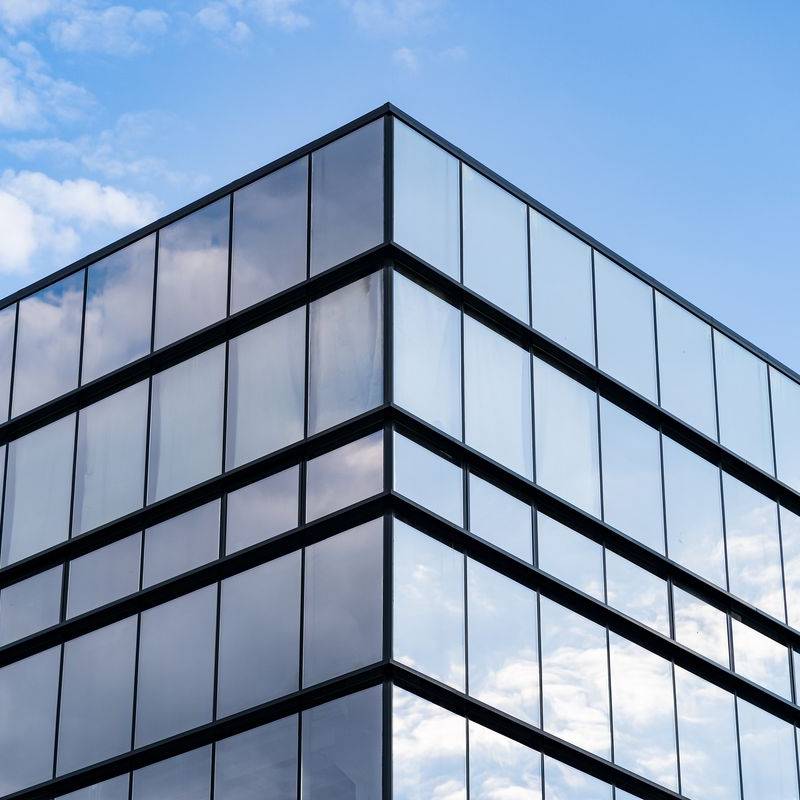

Types of Low-E Glass A Comprehensive Overview
Low-emissivity (Low-E) glass has revolutionized the construction and architectural industries by significantly improving energy efficiency in buildings and homes. This specialized glass is coated with a thin layer of metal or metallic oxide that reflects heat while allowing light to enter, creating a comfortable indoor environment. Understanding the various types of Low-E glass can help homeowners and builders make informed choices that contribute to sustainability and cost savings.
1. Hard Coat Low-E Glass
Hard coat Low-E glass is produced by applying a microscopic layer of metallic oxide during the glass manufacturing process. This type of Low-E glass is known for its durability and scratch resistance, making it ideal for outdoor applications. Hard coat Low-E glass is particularly effective in colder climates, as it allows for substantial solar heat gain during winter months while still reflecting UV rays. However, it has a slightly higher visible light transmittance, which means it lets in more natural light compared to some other types.
2
. Soft Coat Low-E GlassIn contrast to its hard coat counterpart, soft coat Low-E glass has a more delicate metallic coating applied after the glass is manufactured. This coating is protected between two layers of glass, which gives it a more reflective and efficient performance. Soft coat Low-E glass is highly effective in both hot and cold climates, providing excellent insulation and minimizing energy loss. It reflects heat back into the living space during winter and keeps it out during summer, leading to significant energy savings. This type of glass typically offers better optical clarity and higher energy efficiency ratings compared to hard coat options.
3. Solar Control Low-E Glass

Solar control Low-E glass is specifically designed to manage solar heat gain effectively. This type of Low-E glass features coatings that selectively reflect infrared radiation, reducing excess heat buildup during hot seasons. This is particularly crucial for buildings in warmer climates where air conditioning costs can be exorbitant. Solar control Low-E glass not only maintains indoor comfort but also protects furnishings from fading caused by UV radiation. By optimizing daylight and minimizing glare, this glass type is ideal for commercial buildings and large windows.
4. Triple Glazing with Low-E Glass
Another innovative development is the use of Low-E glass in triple-glazed windows. Triple glazing involves three layers of glass, usually combined with gas fills like argon or krypton to enhance insulation. When paired with Low-E glass, triple glazing significantly reduces thermal transmittance, making it one of the most energy-efficient options available. This combination excels in extreme climates, offering superior sound insulation and improved energy performance.
5. Low-E Glass with Decorative Features
Low-E glass can also be customized with various decorative features, including coatings that allow for aesthetics without compromising energy efficiency. These decorative options can include patterns, textures, or tints that enhance the building's design while still meeting energy performance standards. This versatility makes Low-E glass suitable for both residential and commercial applications, allowing architects and designers to explore creative avenues without sacrificing functionality.
Conclusion
In summary, the variety of Low-E glass types offers tailored solutions for different climates and architectural needs. From hard coat and soft coat to solar control and triple glazing options, each type serves a unique purpose in enhancing energy efficiency and comfort. As energy conservation becomes increasingly important in our world, selecting the right Low-E glass can make a significant difference in reducing energy costs and creating a more sustainable future. Whether for a new construction project or a renovation, investing in Low-E glass is a smart choice for both homeowners and builders alike.